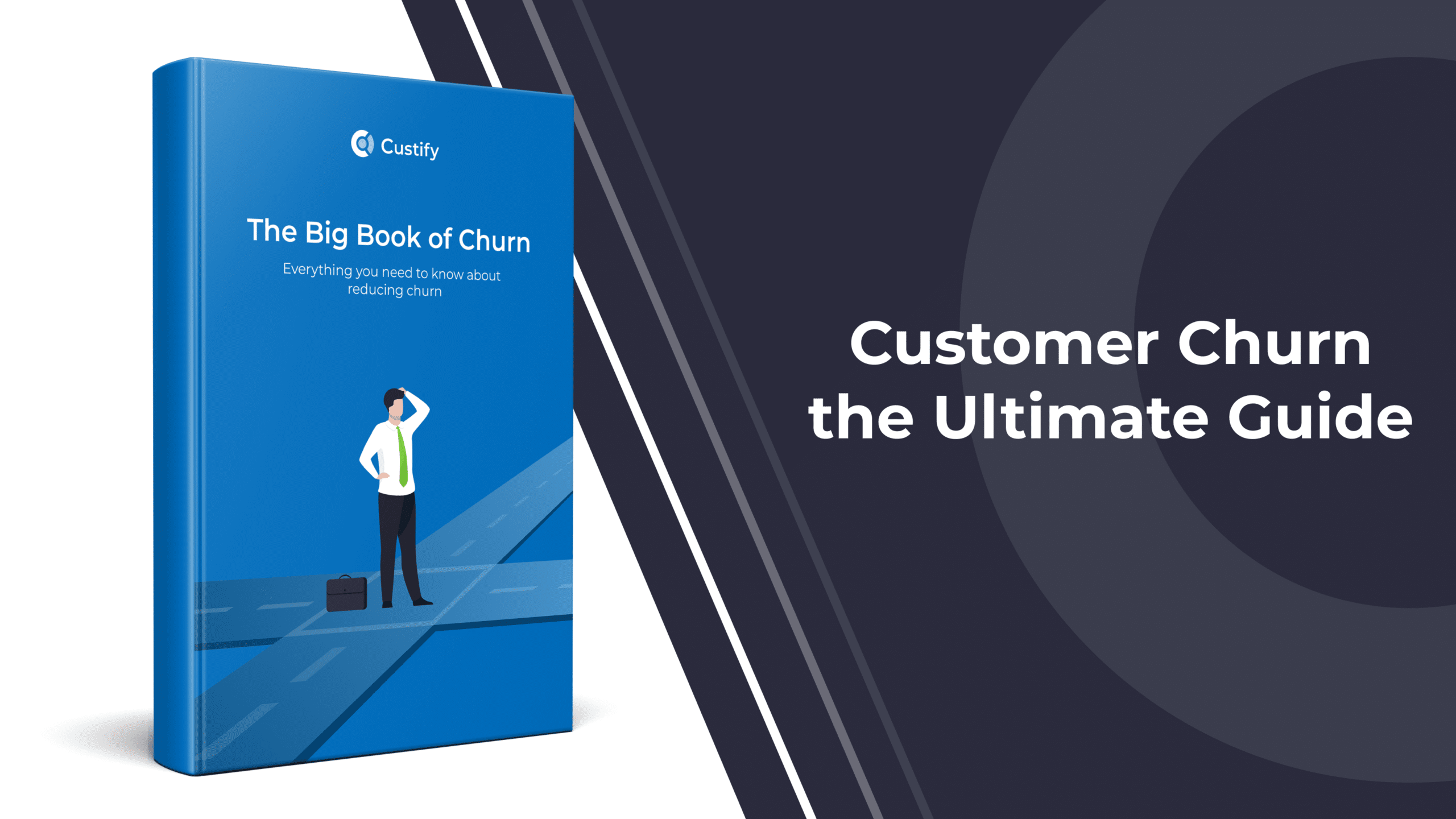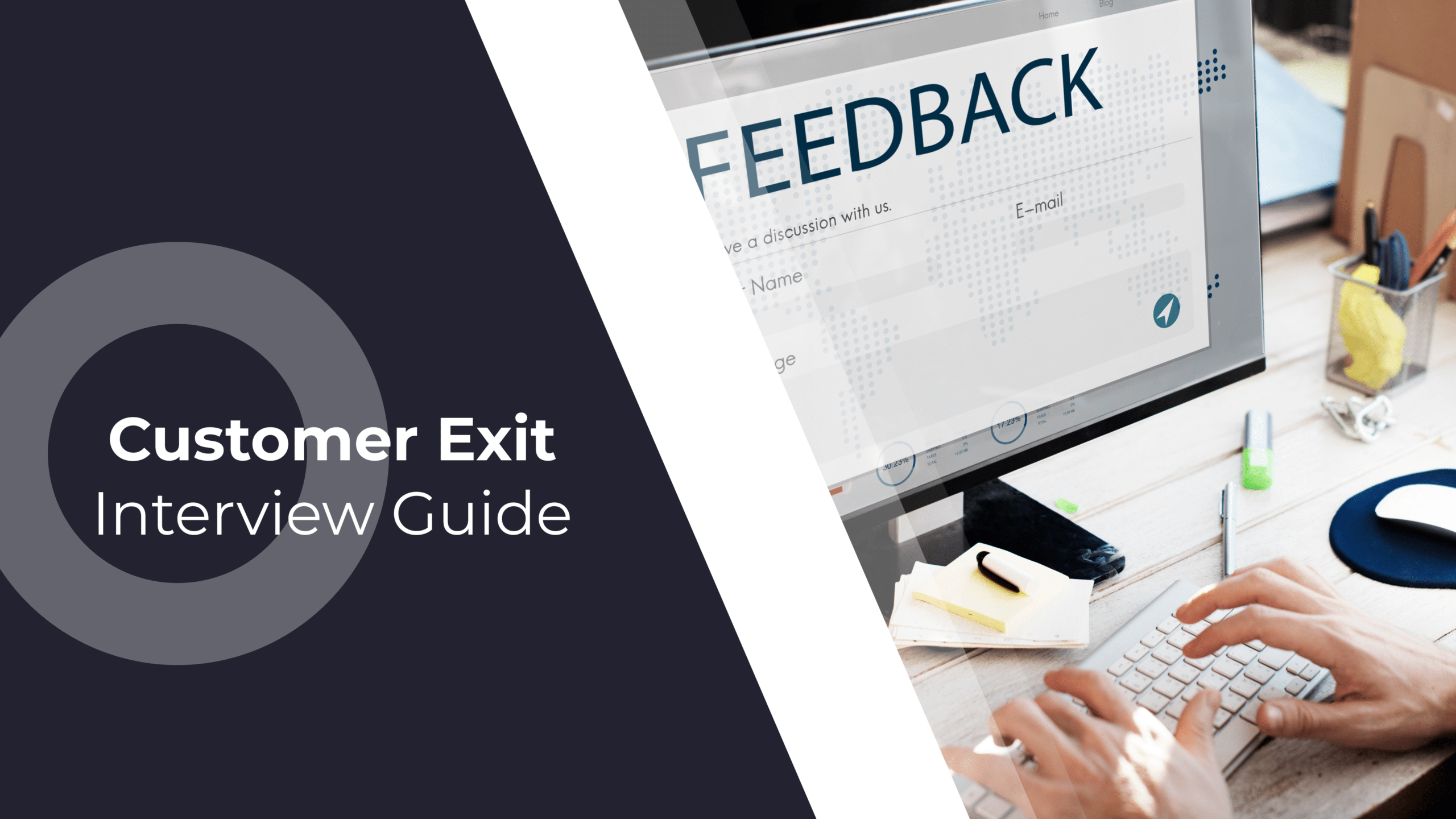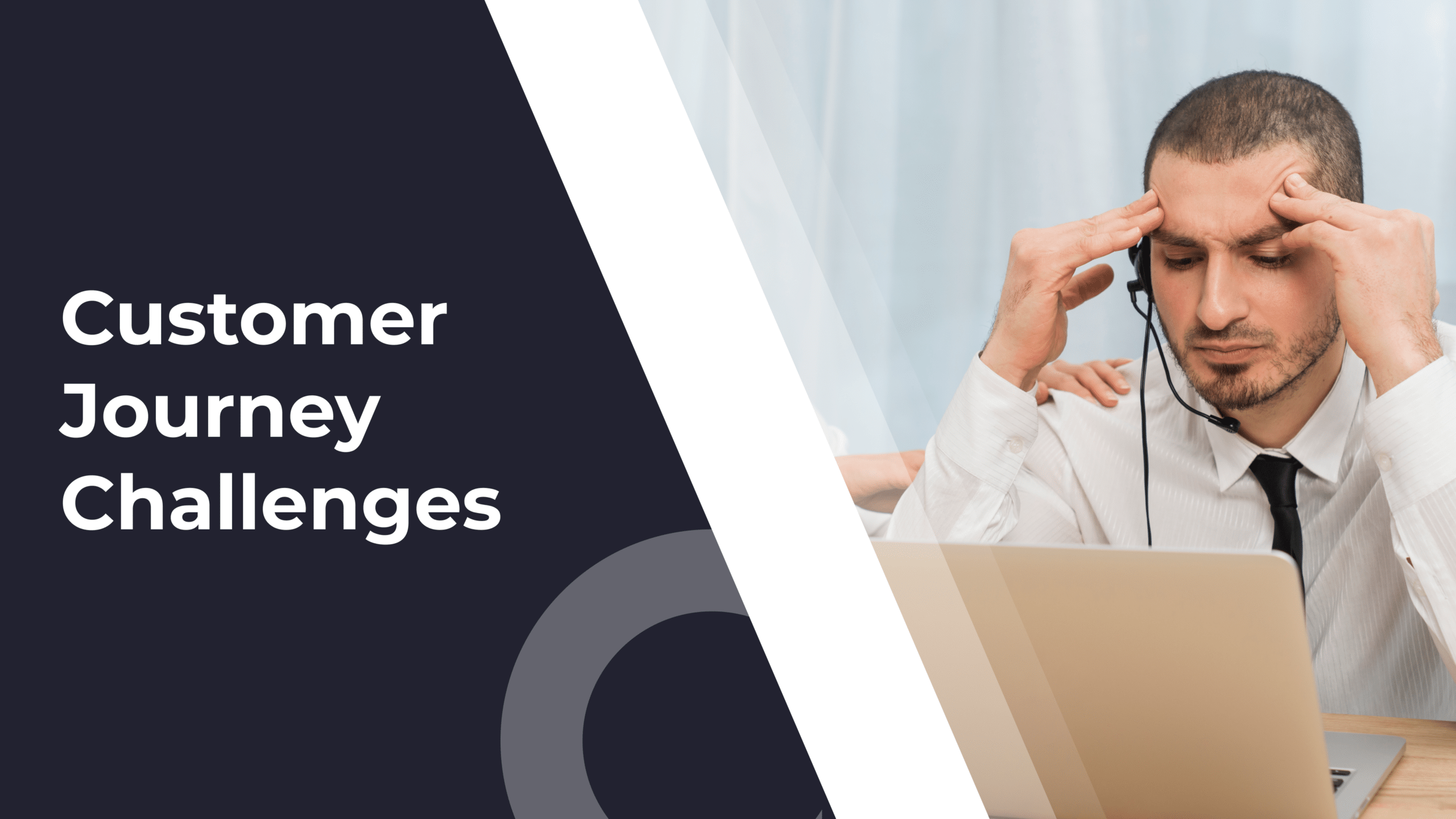Businesses have ups and downs. And it’s a given that budgets will also rise and fall as business needs demand. So too happens with customer success budgets. Our own survey report on Quiet Quitting shows 43% of CS budgets stagnated or were reduced in 2023.
Maybe you’re going through a rough patch. Or perhaps the entire business sector is in a tough spot. Likewise, you might just be starting out and that startup life, while exciting, comes with big budgeting woes.
Today, we bring you a rundown of budget-friendly customer-success ideas that won’t break the bank while keeping your focus on the one thing that matters most in CS – customer goals.
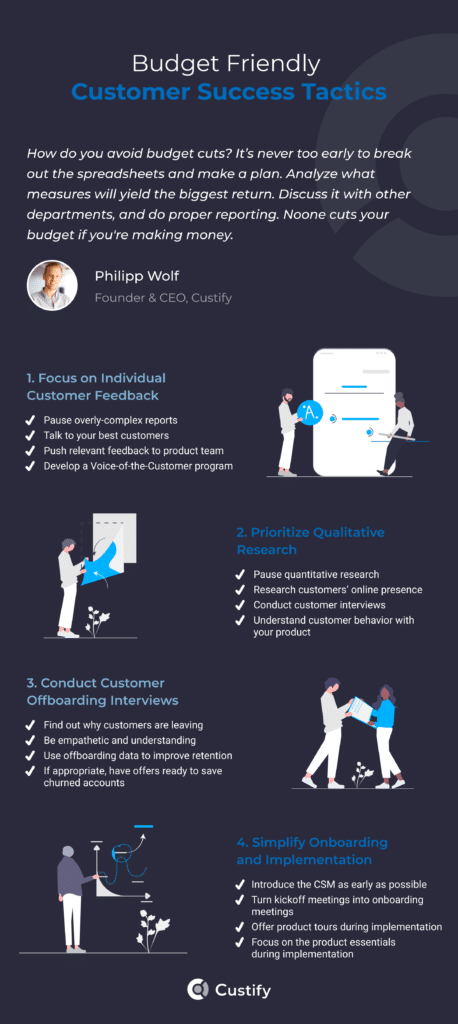
1. Focus on Individual Feedback from Your Top Customers
Naturally, the first thing you’ll want to do is keep your eyes on individual feedback. CSMs everywhere need to let themselves see the real feedback from real people.
Too often in business, we tend to hide behind our tools, our reports, our metrics – measurable things that can lead to simple conclusions. In customer relations, particularly when you’ve got too many accounts per CSM, you’ll be tempted to ignore your users’ opinions.
For example, if you use numerous tools to craft your retail pricing strategies, you may be inclined to look at data first and customer opinions second. While completely harmless at first sight, this tendency can lead to severe issues.
But there’s a way to keep your head in the game without blowing your budget on staffing, extra tools, or overcrowded workflows. The answer is simple: focus on your champions. Look at the accounts that matter most to you and your business, which can be:
- The best-fit customers
- The biggest accounts
- The customers who always have something to say
- Or a combination of all of the above
There’s even more good news: if you put together a process for this, you’re essentially working on a voice of the customer (VoC) program. All you’ve got to do is relay the relevant parts of customer feedback to other teams (product, sales, marketing) and then report back to your customers to close the loop once that feedback’s done and the changes are live.
2. Prioritize Qualitative Research over Endless Data and Analysis
Continuing to focus on individual accounts, the next best thing you can do is to prioritize qualitative research. Most businesses, particularly the more they grow, tend to get bogged down by too much data. This can get costly if it’s not done right or if the data isn’t leveraged correctly.
We’ve recently had a conversation about qualitative research with Anita Toth, Chief Churn Crusher, and the conclusion of that webinar was that, yes, you should absolutely focus on the quality of the data you’re gathering about clients.
If you’re serious about reducing churn, it’s all about finding out who your ideal customers are, what they’re doing in their day-to-day, and then following through based on that research. This is not costly – all it takes is a well-defined process of gathering and analyzing data from multiple sources, from sales calls to Twitter and everywhere in between.
Customer interviews are also a great tool in the CSM’s arsenal if used correctly. Specifically, we should always be sensible when reaching out and mindful of customers’ time. Their feelings about you also play a role – some customers may value regular syncs, while others could do without them.
3. Conduct Customer Offboarding Interviews and Adjust Accordingly
Speaking of customer interviews, it’s surprisingly common to see businesses who’ve put tremendous efforts into customer acquisition simply let those customers churn with no special attention.
You can do better than that by conducting customer offboarding interviews. These calls should be optional and with the primary goal of research.
Can you save the accounts that accept these calls? Sometimes, yes, they’re eager to see a great offer to stay. And while you should be ready with a good one, you should stay on track and not be too salesy. The most valuable goal for you right now is learning why that customer wanted to leave and then using that data to inform your retention and loyalty practices.
Still, you too could recover 25% of your churned accounts like Referrizer did. All it takes is a good tool, some automation and creating an offboarding checklist that will help you for years to come.
4. Simplify Your Onboarding and Implementation Processes
A short while ago, we had a long chat with Tal Nagar about how onboarding isn’t the same as implementation – the two are very different parts of the customer journey and should be treated as such.
That being said, they can be simplified and condensed to save time and reduce costs associated with account management. Here are a few solutions I’ve seen:
- Introducing the CSM as early as possible in the Sales process helps streamline both onboarding and implementation, leading to less time lost on procedures and more time spent on actually driving value for the customers.
- Turning kickoff meetings into onboarding meetings. Put all the complicated info in an email and turn your kickoff call into an onboarding meeting. Doing qualitative research beforehand helps you prepare without having to go through another call.
- Don’t give too much info at once. Often, CSMs want to give customers an advanced breakdown of the product on the first call. However, that’s usually too much. Remember – offer the right value at the right moment. During the initial stages, it’s best to be value-driven and help customers get something out of the product as quickly as possible.
- Offer a product tour during implementation. Before starting a customer’s setup, you can offer a product tour, so they don’t have to spend time figuring it out. You get bonus points here because you also teach them to help themselves.
Having fewer meetings might be in both your and your customers’ best interests. Remember, though, that onboarding should be your priority for long-term account health and low account overhead.

5. Create Resources and Libraries for Customers to Help Themselves
To follow the adage, it’s more valuable to teach someone how to do something than to do it for them every time.
In the same sense, if you give customers a library of videos, guides, and tutorials about your product, they’ll know where to go for advice in the future.
Customer education content is essential in the B2B world. Having a knowledge base for self-service simplifies CX and proves you’re going the extra mile to help customers succeed.
It’s also a great way to reduce support requests and save time & money. After all, how likely are you to contact customer support if you can find a video about your issue?
6. Focus on Product Improvements and Communication
The line between customer success and support can seem blurry at times. Both teams tend to step into each other’s domain quite often. While this isn’t an issue when your business is thriving, budgeting issues might force your hand.
As such, you should leave customer handholding to the support teams and provide only minimal assistance. Instead of spending time on service ticket resolutions, focus on bridging the gap between your customers’ feedback and the product team:
- Oversee account health and see where you can improve
- Help the company stay focused on the right features
- Inform of upcoming product fixes, features, and updates
- Communicate with customers when you can report wins
Anything that can directly improve CX is great. Whenever such updates go live, you should also draw customers’ attention to them.
7. Keep Conversations Alive and Be there for Customers that Need It
On the other hand, sometimes it’s better to keep conversations going when customers are particularly talkative or need special assistance. A genuine display of empathy can lead to many great partnerships, loyal customers, and, if all goes well, some fantastic user reviews, case studies, and testimonials.
Some advice for conversations with your best customers:
- Help them achieve success however you can. Refer them to customer support or solve issues yourself if you feel this would impress the client.
- Be supportive and empathetic. Listen to the customer, and don’t assume you understand before you hear the entire context.
- Be direct when reporting issues. Nobody likes tough conversations. Get them over quickly, or else the customer relationship will suffer.
- Put their goals front and center. Never lose sight of why they’re your customer and not your competitors’.
- Discuss industry topics. If the customer relationships evolve nicely, consider sending them industry news, discussing relevant issues for their business, and generally keeping the conversation going.
- Be respectful of their time. Don’t overdo it, however. Let the customer come to and only opt for proactive engagement when it’s necessary.
- Look out for upsells and cross-sell opportunities. Sometimes selling upgrades to customers is best for both parties. Increasing CS ROI like this is a great way to get the company out of financial troubles and secure more budget for your team.
8. Leverage Automation & Implement Tech Touch where Possible
Some might see automation as an added cost, but if your customer success tool already has automation built in, it’s essential to take advantage of it.
You can use automation for various cost-cutting initiatives like:
- Simplifying and automating a part of the outreach and onboarding process. Combine this with the suggestions at number 4, and your onboarding experience will be unmatched.
- Scaling repetitive operations so the team can focus on more high-touch service and the customers that truly need it.
- To switch to a tech-touch approach. Tech-touch means you’ll reduce customer interactions to only those related to the product. Automation can be your best friend here since you can set triggers related to almost any feature within your product.
- To automate proactive outreach efforts. If you do it well with natural-sounding messages and expertly-placed, specific triggers, your users won’t even notice it’s an automation.
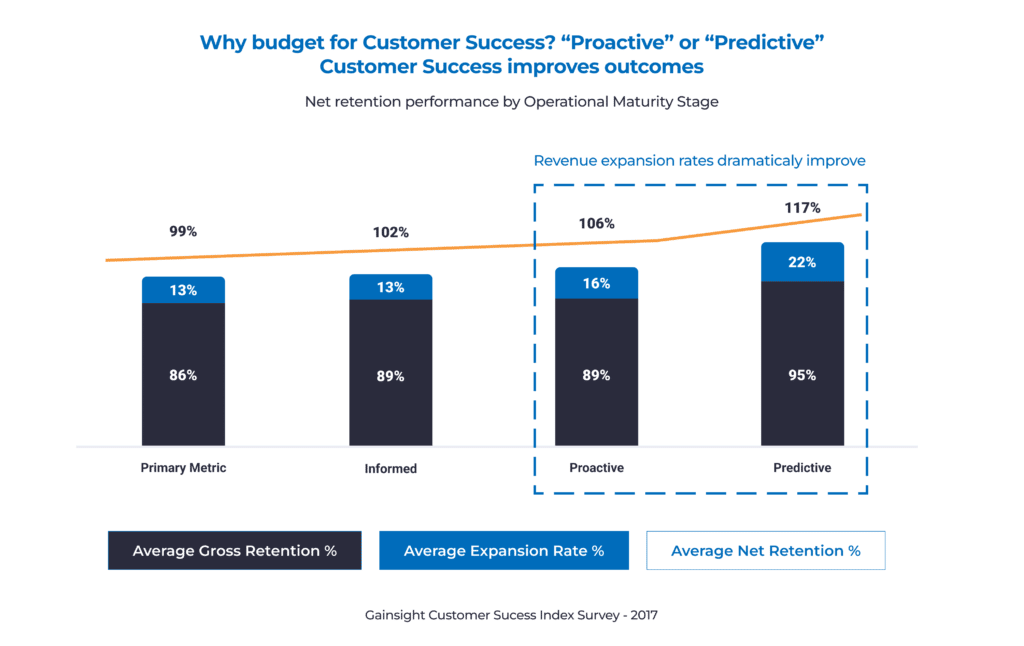
Remember: Show the Value of Customer Success in Your Organization
Sometimes the achievements of your customer success team can go unseen as they’re not always measurable or perhaps the CS team isn’t used to such reporting. That can lead to budget cuts. That’s why you need to always be prepared to sell the story of customer success internally.
It’s not an easy job because everyone around you will say that CS is important, but when it comes to budgeting, you won’t get any headway without a proper, data-driven argument. To complete your data, here are some arguments for advocating to C-suite executives:
- Customer success is the only one in charge of the customer journey and, unlike other customer-facing departments, proactively oversees and predicts every step of that process.
- Customers need someone to look after them, particularly when the product is complex and your onboarding process needs work. No onboarding process is perfect, and customer success is tailored towards perfecting that initial stage in the customer lifecycle.
- It’s all about long-term sustainability and growth. Customer Retention Cost (CRC) is a tightrope act between the CS team and other customer-facing teams and initiatives like account management, service and support, and more. But even without customer success, CRC will remain high because customers need support. A bigger budget for CS will only make sure customers won’t leave after 5 months of constant support requests. In fact, it’s very likely that more money for CS will actively decrease the support workload, making everything more cost-effective.
- The ROI of customer success is the ROI of all their accounts. It might be difficult to determine attribution for customer success, but the impact of CS is rarely hard to see. From customer reviews to renewals, upsells, cross-sells, and successfully onboarded customers, customer success is everywhere. Pinpointing the direct results of CS is difficult, but it’s very easy to see NPS, LTV, CSAT go up when CS is in the loop.
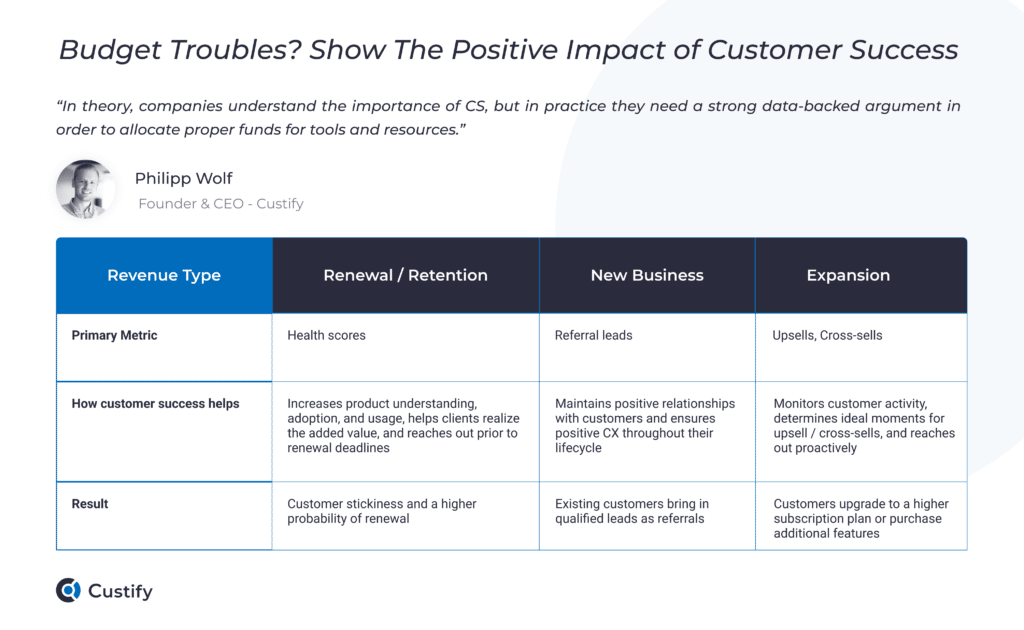
Conclusion
Customer success is more than the money you put into it. It’s a concept, and it’s a team. It’s a way of interacting with customers that tries to figure out how your product will help them achieve what they want to achieve or even surpass those goals.
You don’t need big spending to facilitate customer success. Sure, a comfortable budget helps, but a good set of practices and the people to execute them can be more than enough for most SaaS businesses until budgets start going up again. Until then, good luck, and we hope these tips help you help your customers as much as possible.

